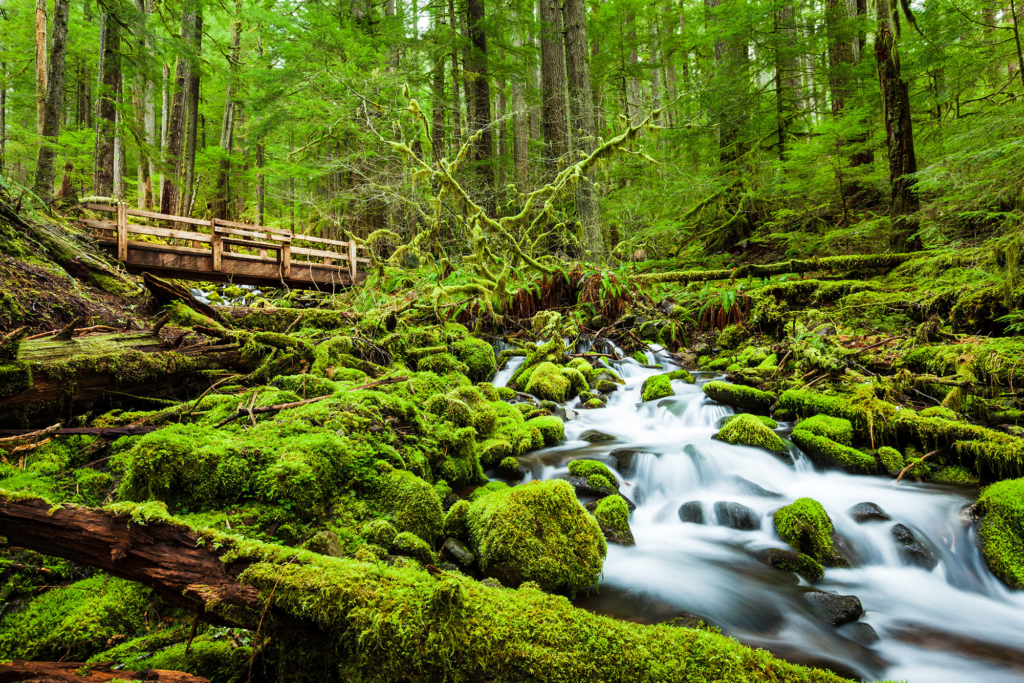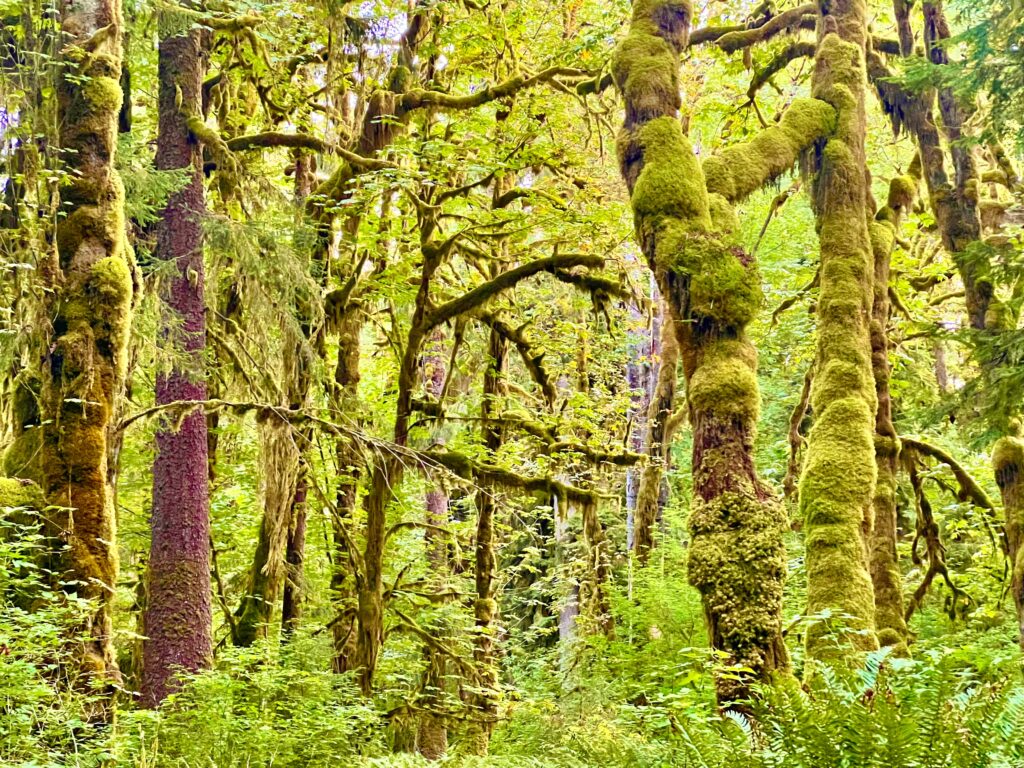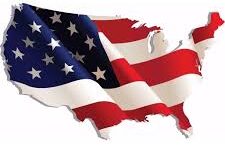The Pacific Northwest is a region synonymous with natural beauty, and rightfully so. Washington and Oregon are home to a plethora of beautiful landscapes, but there’s one that stands above the rest, Olympic National Park. Covering nearly a million acres of pristine wilderness, Olympic National Park is a land of stunning beauty. Located within the Olympic Peninsula, the park features several distinct ecosystems, including the majestic Olympic Mountains, temperate rain forests, and miles of wild Pacific coastline. With unparalleled diversity, Olympic National Park is like three parks in one, and deserves a spot on any nature lover’s bucket list.

While Olympic National Park is home to a variety of ecosystems, the rain forest was the focus of my visit. I made quick trips into the Olympic Mountains and along the Pacific Coast, but it was the rain forest that captured my attention. Rain forests once covered most of the Pacific Coast, stretching from Central California to Southern Alaska. Most of the ancient forests are now gone, leaving Olympic National Park as custodian of one of the best preserved temperate rainforests in America.
https://www.nps.gov/olym/index.htm

Olympic is home to a variety or rain forests, but the most popular is the Hoh Rain Forest, and it’s not hard to see why. Located in the western portion of the park, the forest straddles the Hoh River, which is fed by glacial runoff from Mount Olympus. The forest averages 140 inches of rain each year, making this the wettest place in the continental United States. The result is a beautiful rainforest. Scanning the forest, and marveling at its scenery, there’s only one adjective that seems appropriate, lush. Everywhere you look, there’s nothing but green.

In addition to being one of the park’s most popular areas, the Hoh Rain Forest provides an easy introduction to Olympic’s rainforests. Near the visitor center is convenient access to the Hall of Mosses and Spruce Nature Trail, both of which are roughly a mile in length, and are easy to navigate. Both trails are family friendly, and showcase the beauty of the rainforest, making it a wonderful option for first time visitors. If you’re looking for something more adventurous, the Hoh River Trail is an excellent option. Accessible from the same visitor center, the trail runs for nearly 20 miles, and allows you the flexibility to hike as far as you’d like.
https://www.nps.gov/olym/planyourvisit/visiting-the-hoh.htm

While the Hoh Rain Forest is one of Olympic’s most popular areas, I personally preferred the Quinault Rain Forest, located in the southern portion of the park. In my opinion the scenery is just as good, and there aren’t as many visitors. I went on a few hikes later in the day, and didn’t encounter another person, something unlikely in the Hoh Rain Forest. If you’re looking for something a bit more secluded, without sacrificing on scenery, Quinault is a pretty good option.
https://www.nps.gov/olym/planyourvisit/visiting-quinault.htm

There’s plenty more I could say about the rainforests of Olympic National Park, but I think this is a situation where a picture really is worth a 1000 words. Bottom line is the rainforests of Olympic National Park are a unique and beautiful landscape. I had this one on my bucket list for quite a while, and the experience definitely lived up to my expectations.











Having hiked on the Hoh River Trail, I agree with your synopsis of the area. Will have to try the Quinalt Rain Forest next time. But the real question I have for you is: You came all this way to Washington State, and couldn’t find the time to travel a little farther north to visit your uncle in Mount Vernon? For shame!
Haha. Definitely would have, didn’t realize that was the section of Washington you lived in. I went right by there on my way to North Cascades National Park.